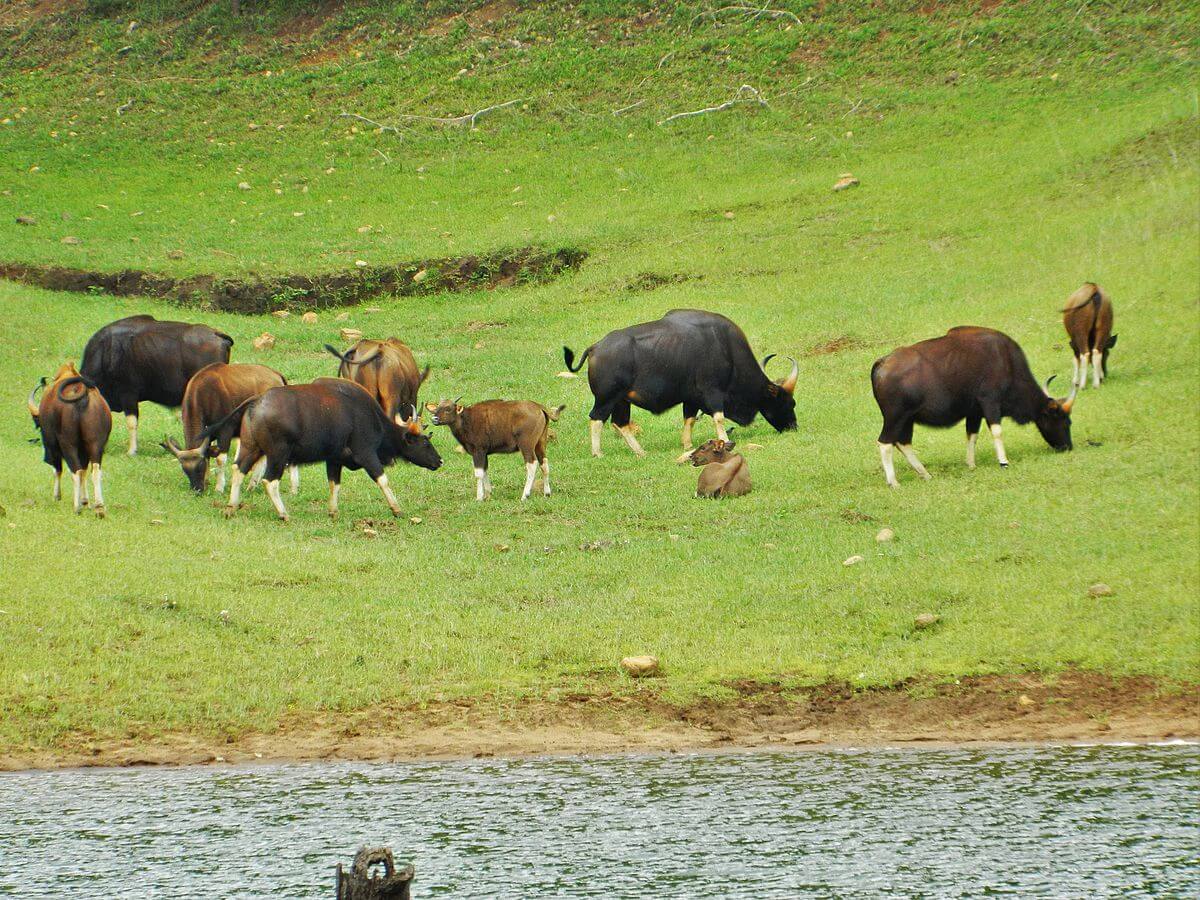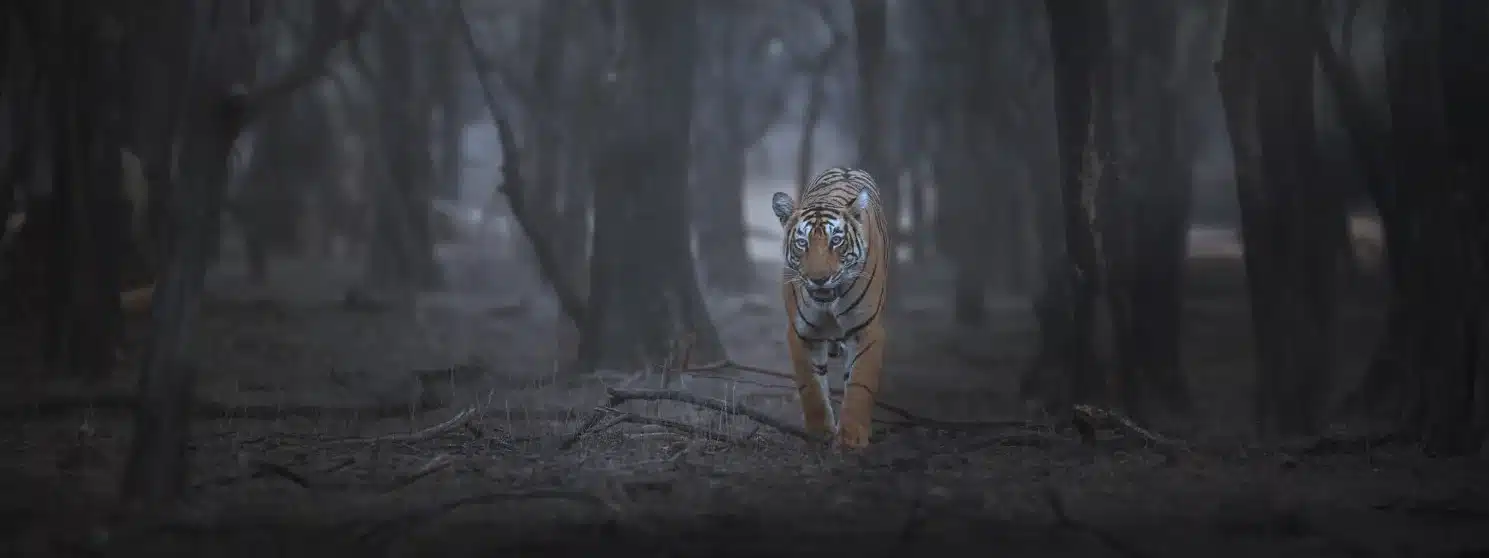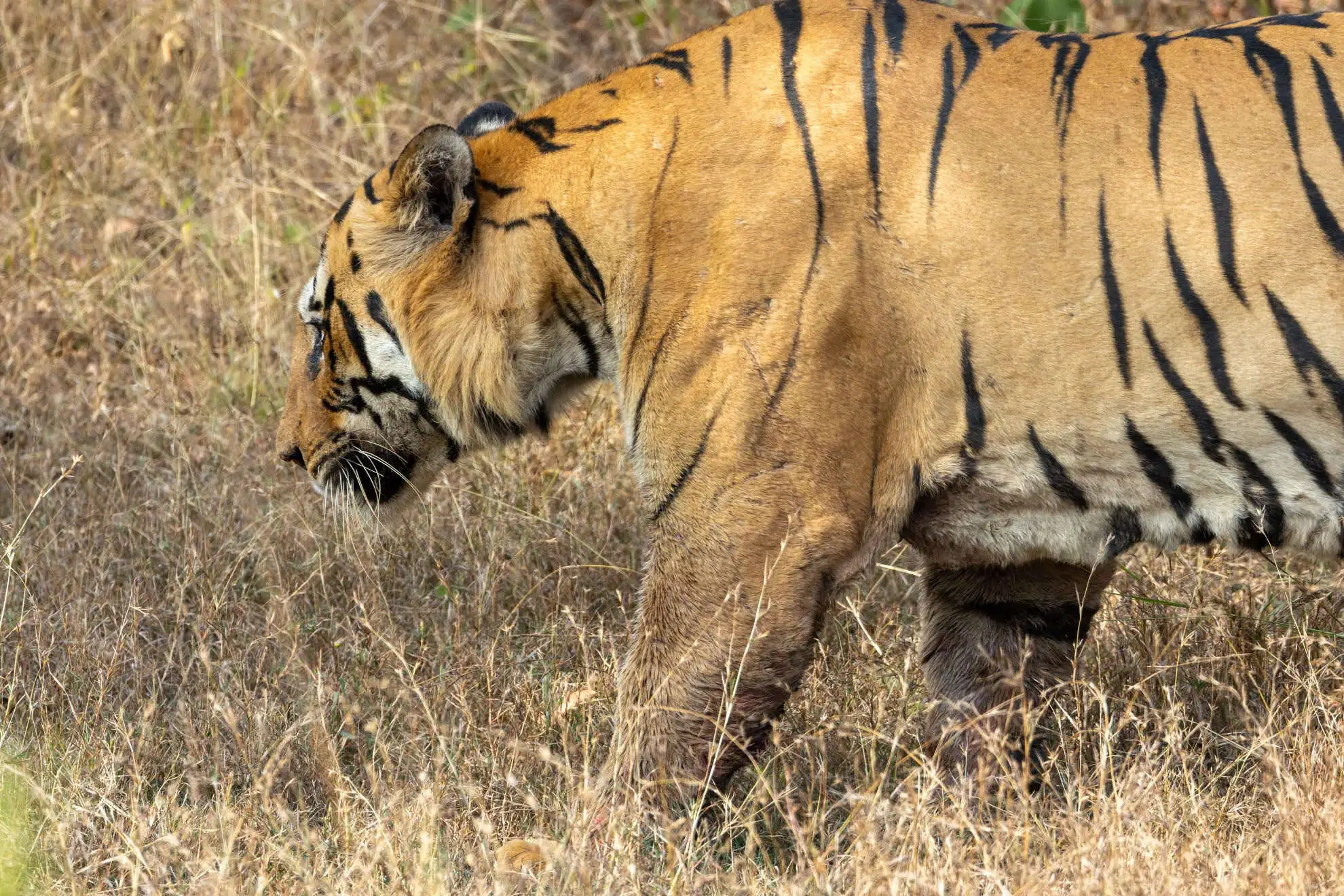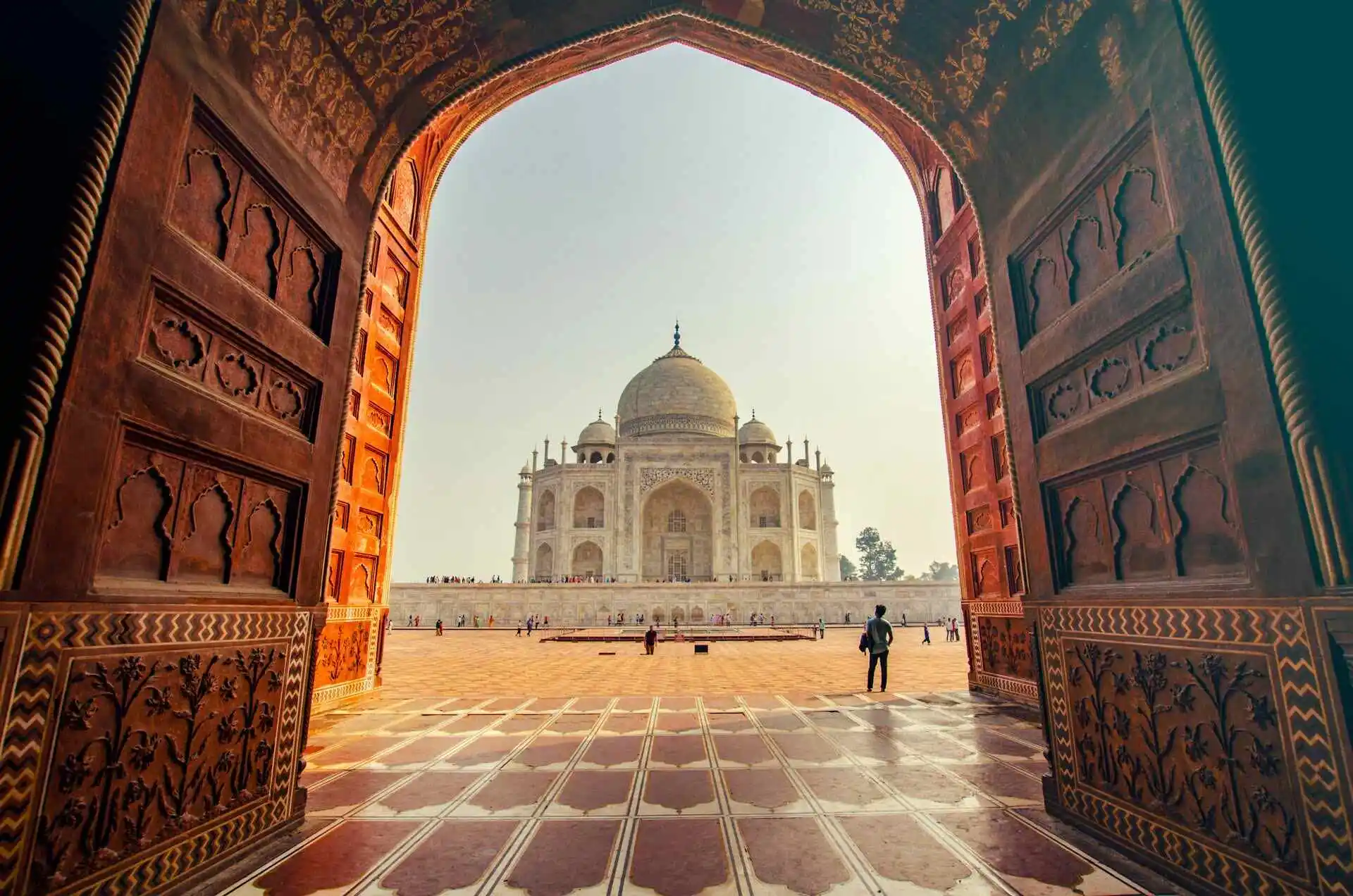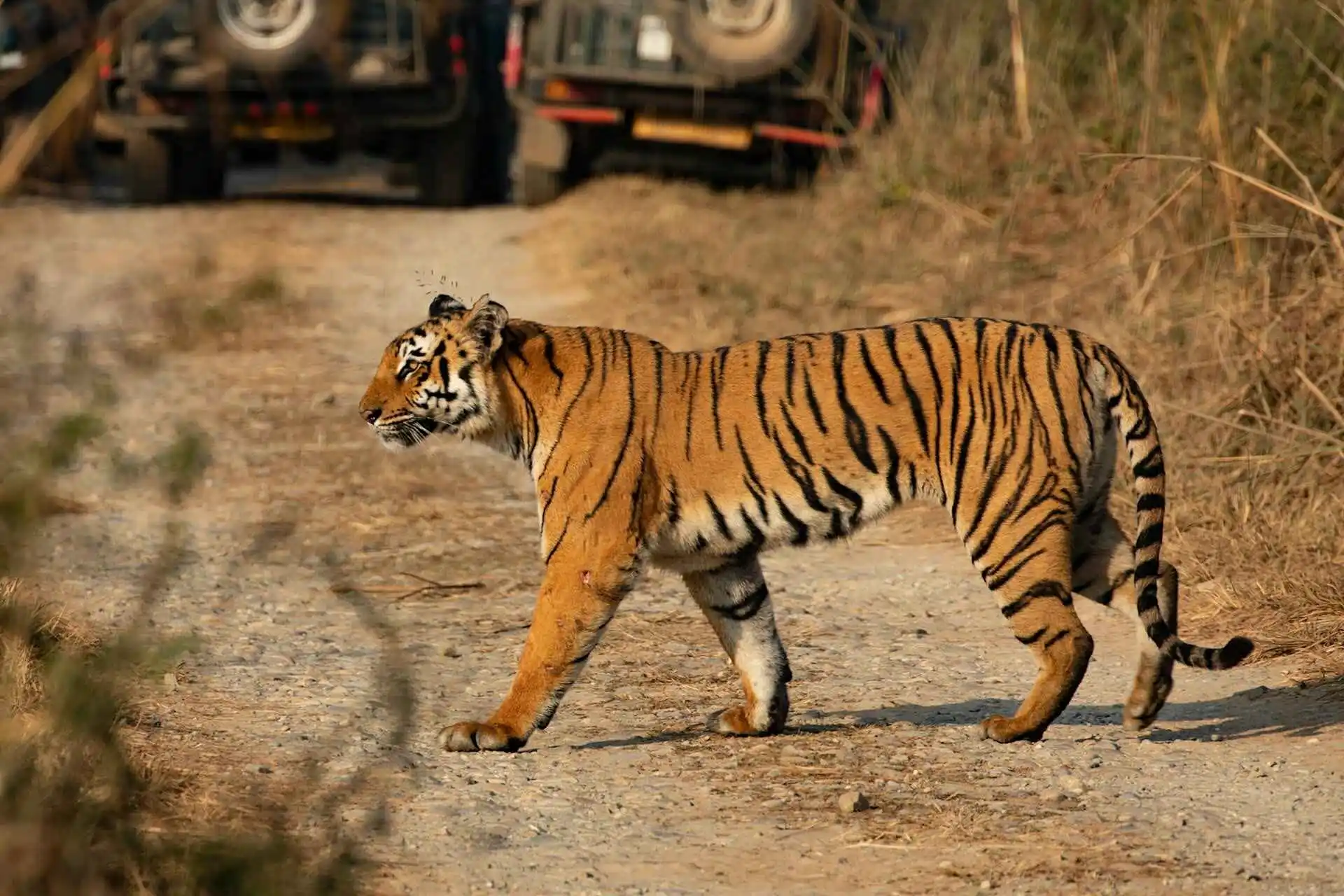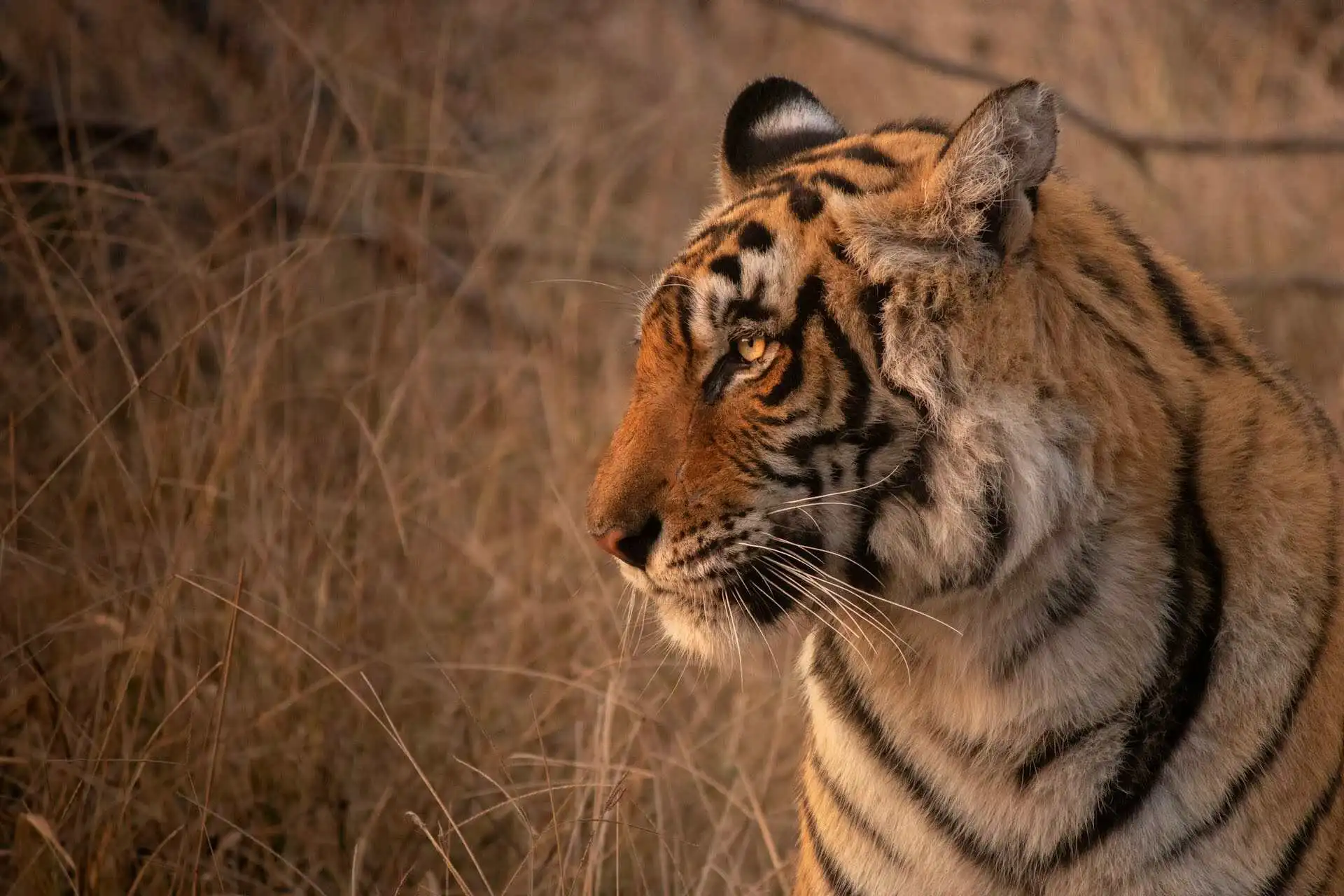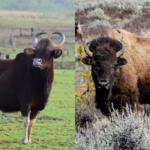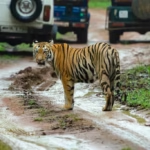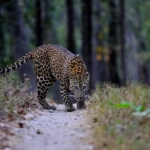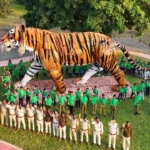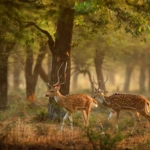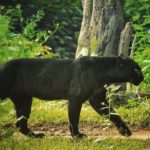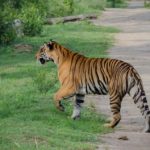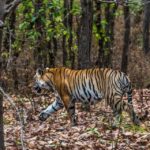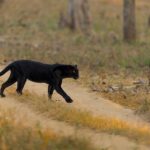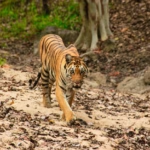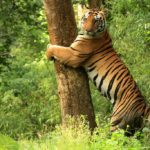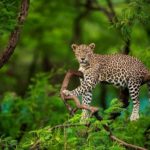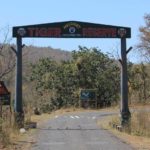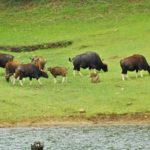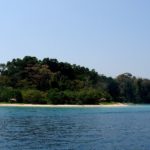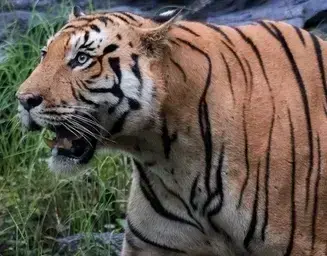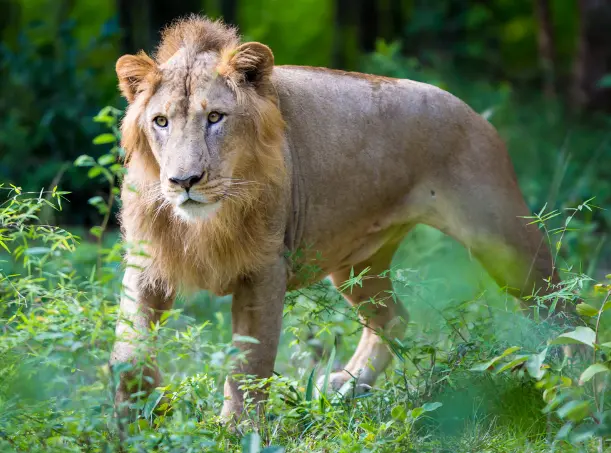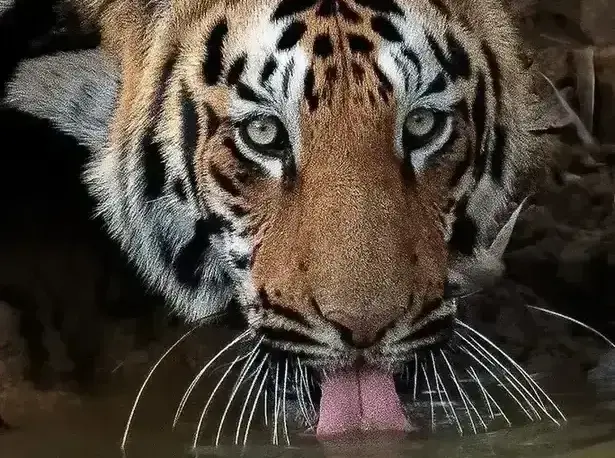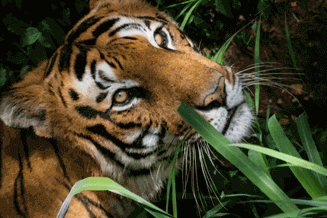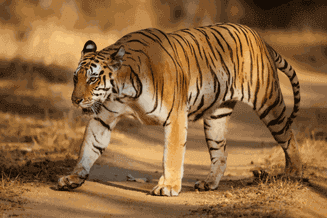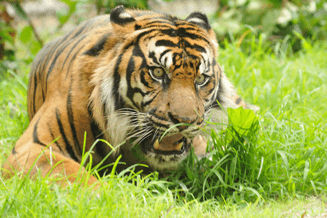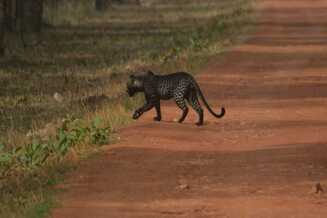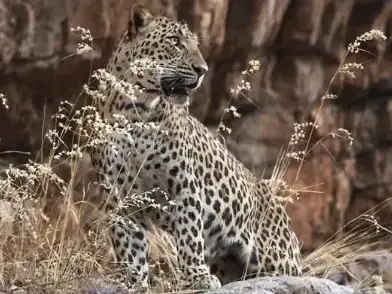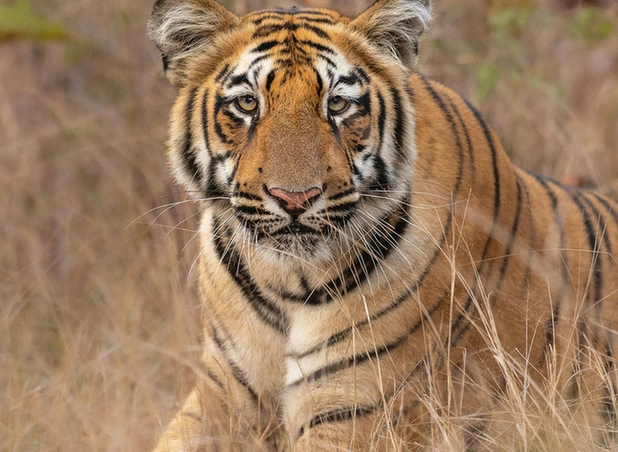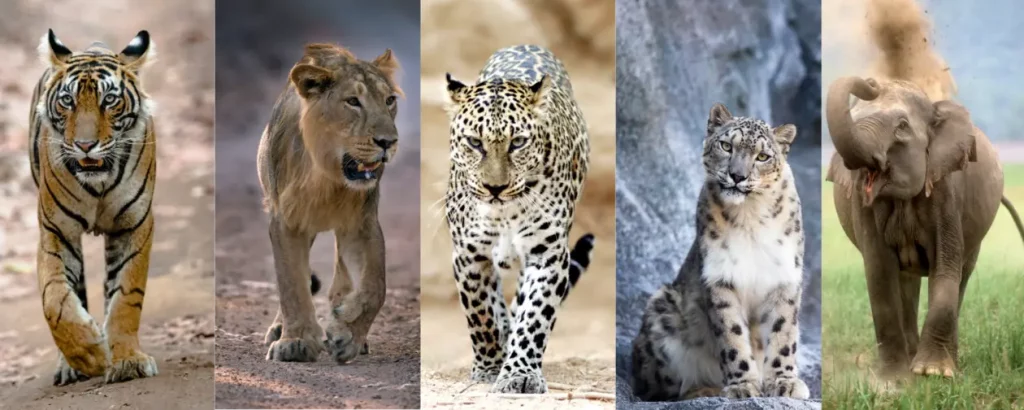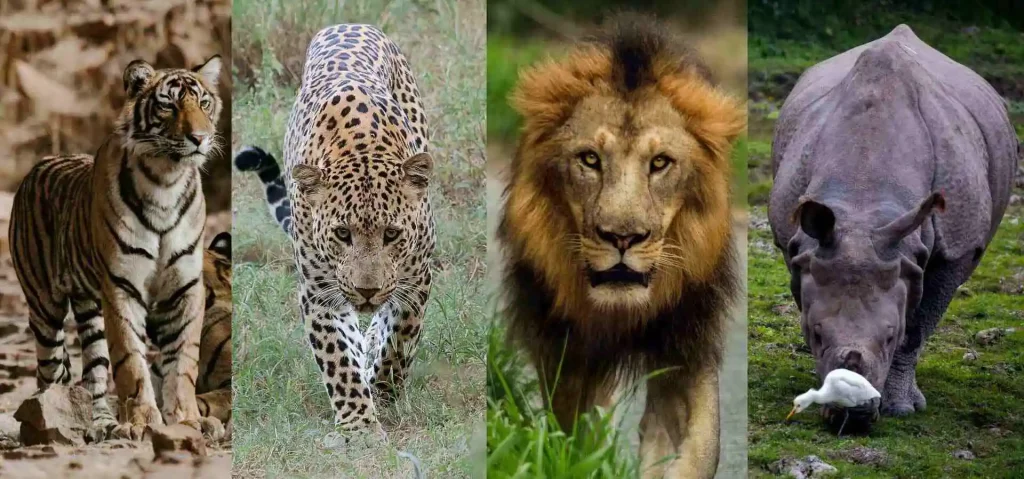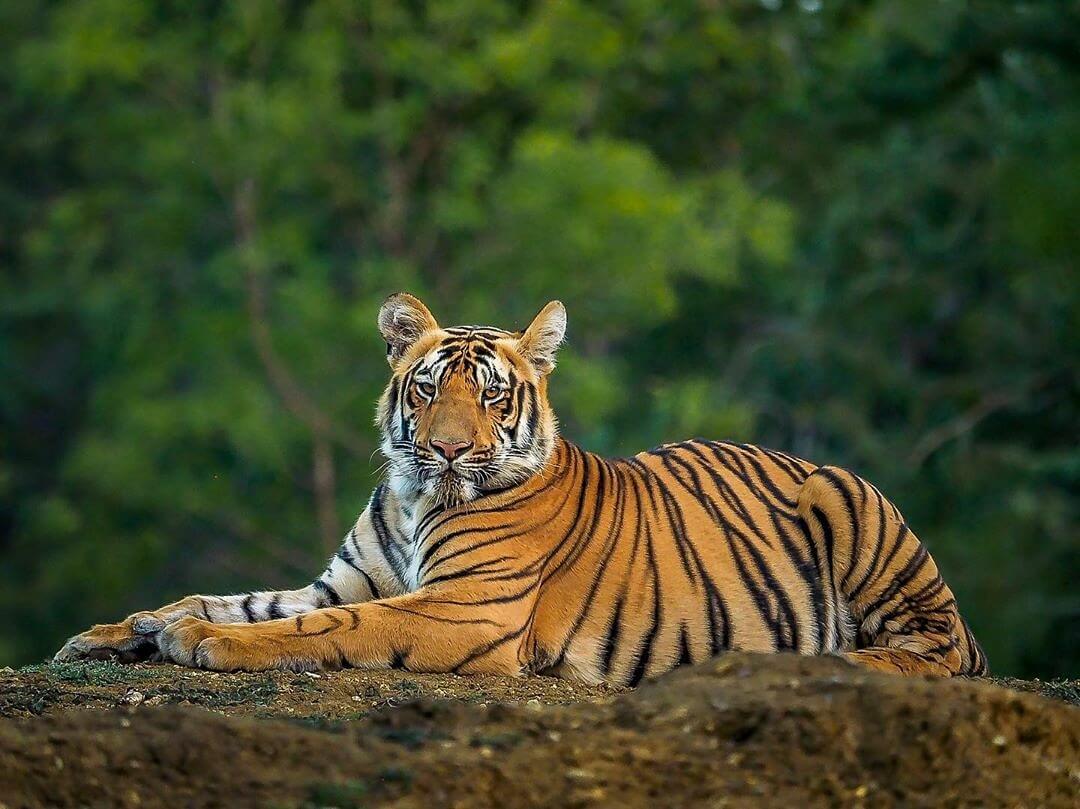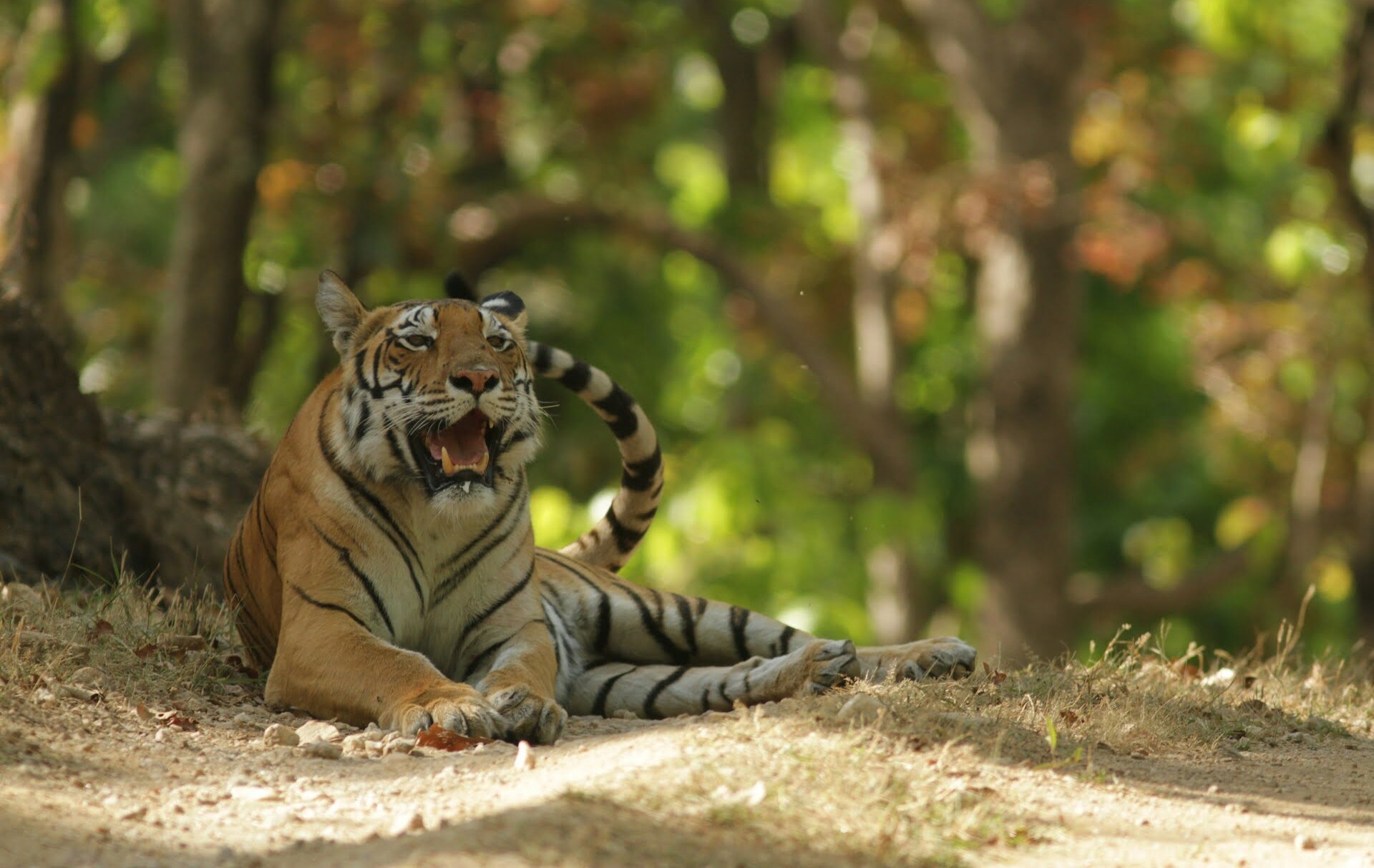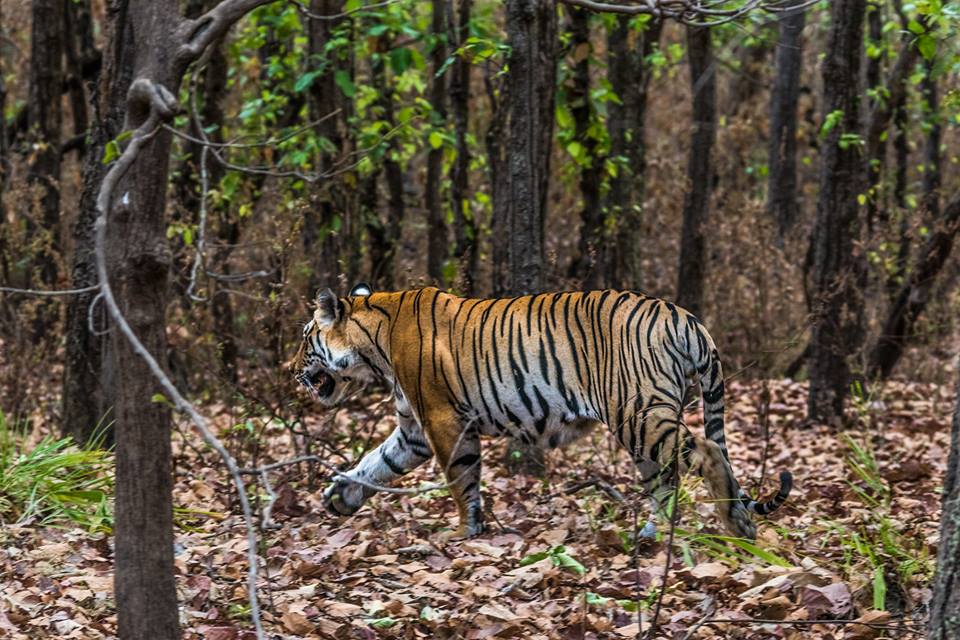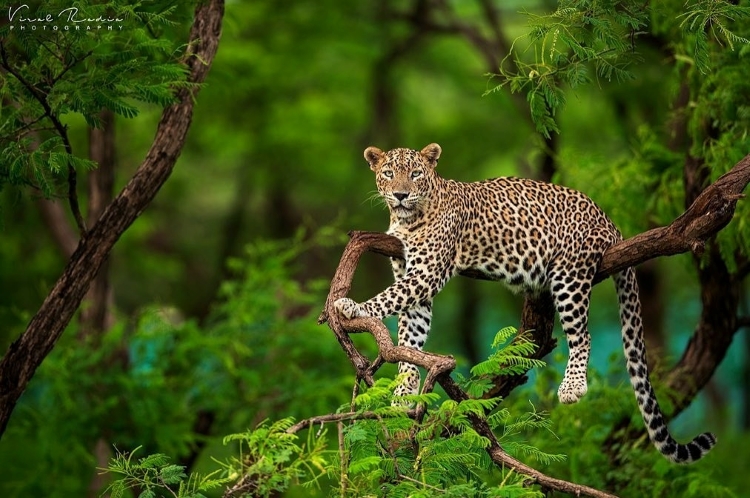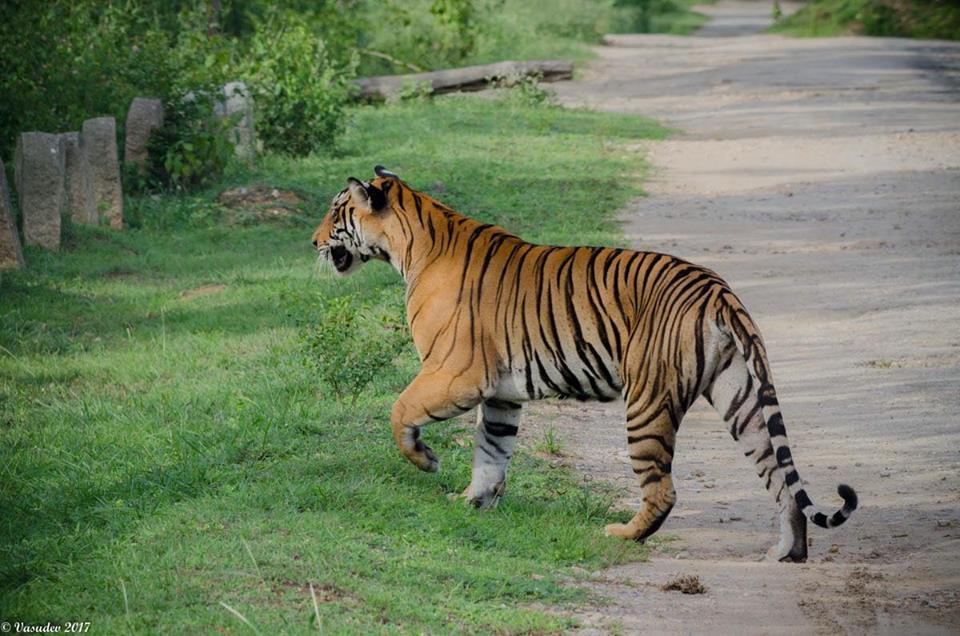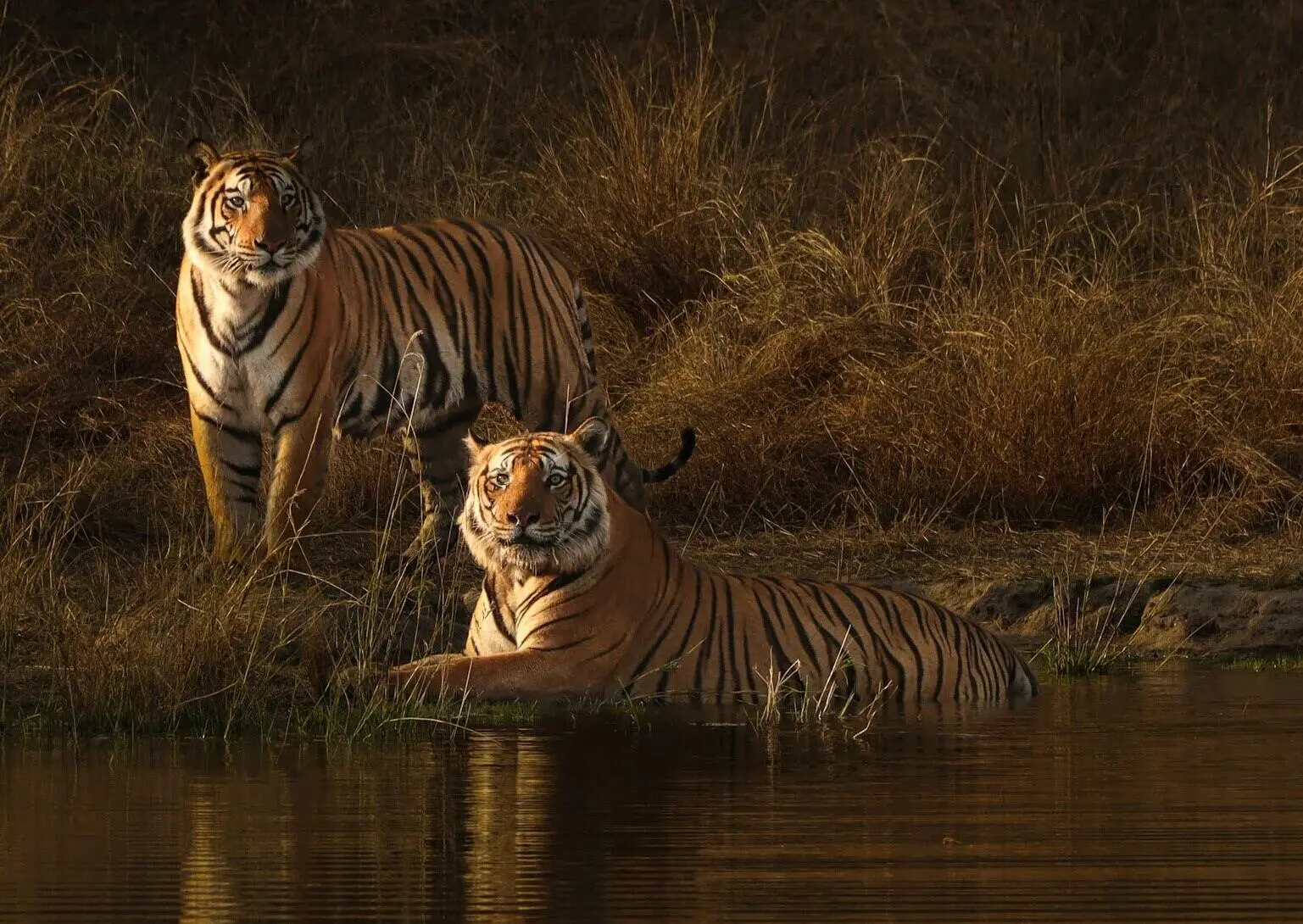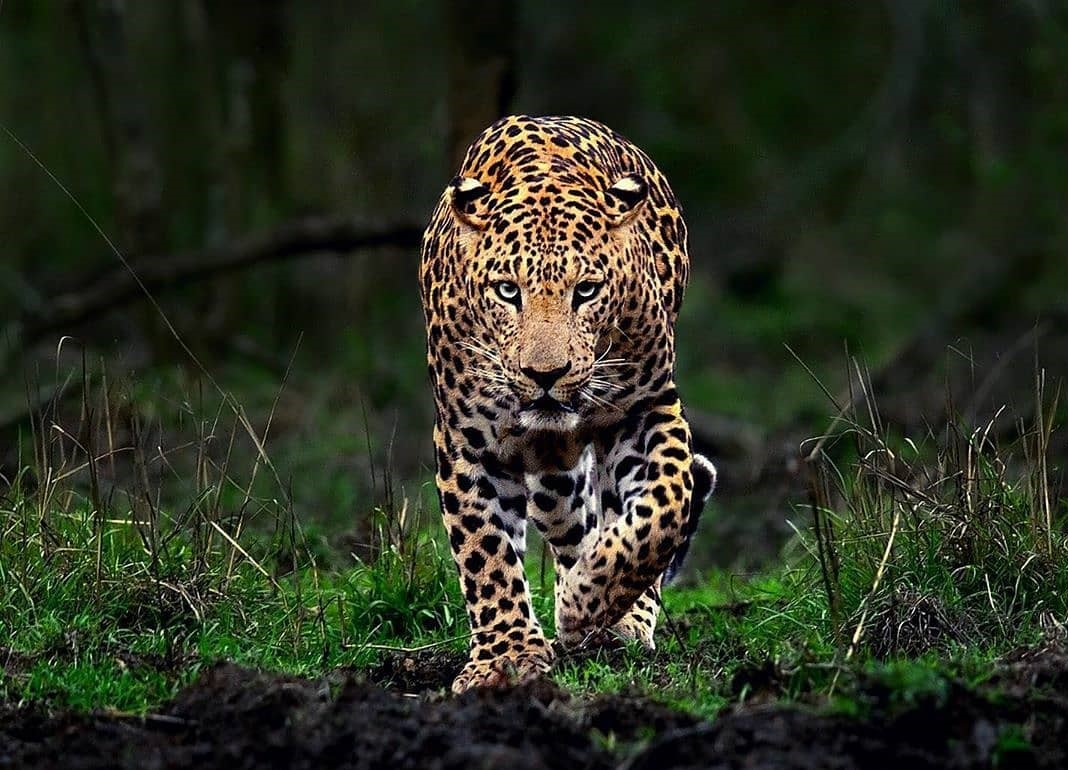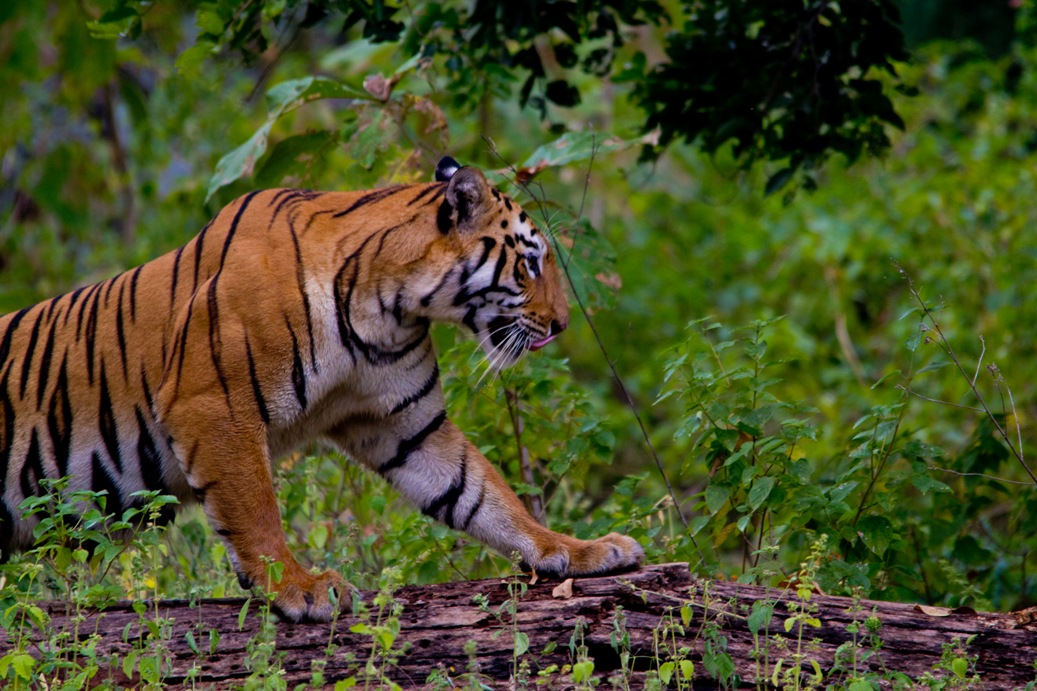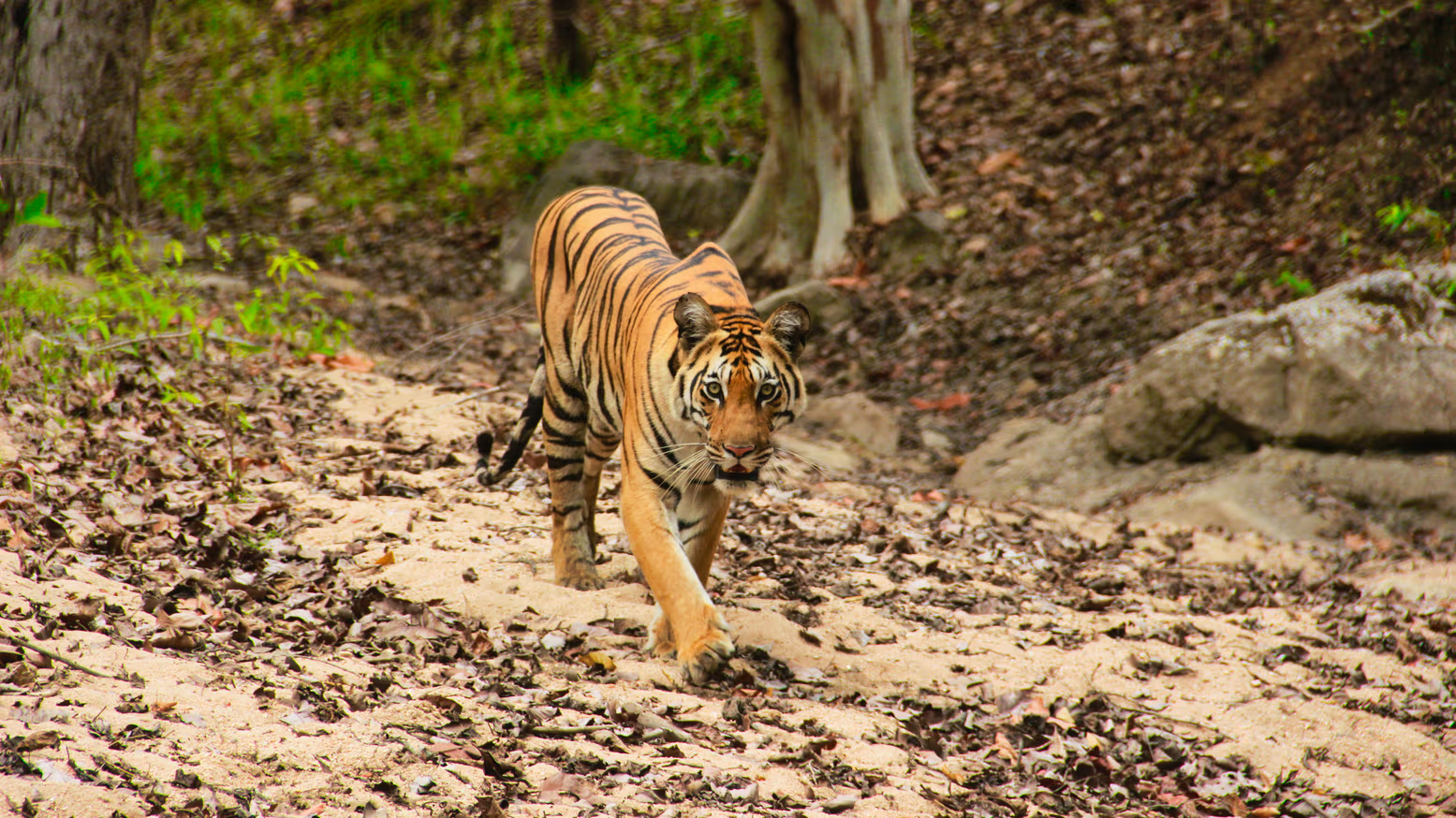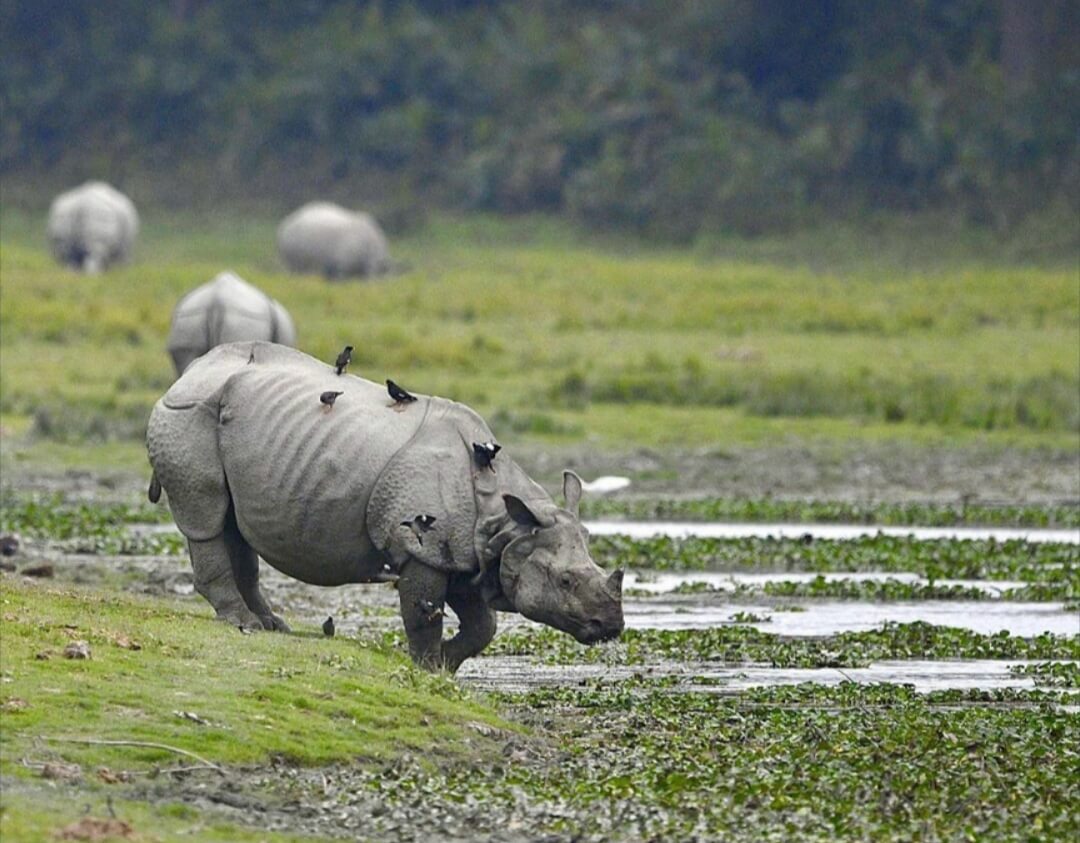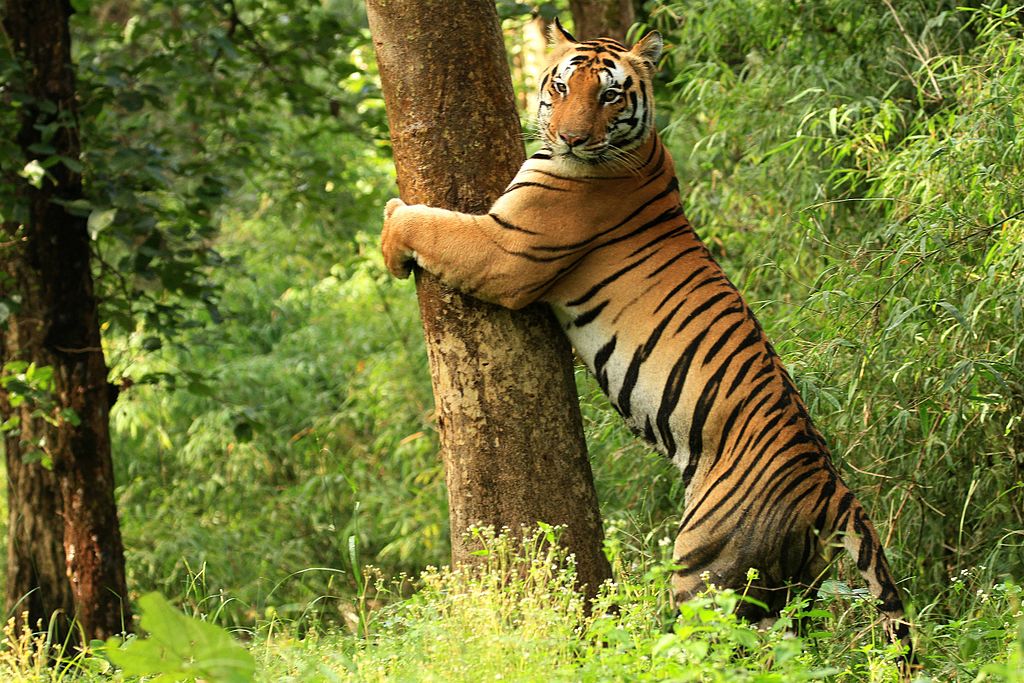Periyar National Park is a national park located in Kerala in the Idukki and Quilon districts, while it is one of the 55 tiger reserves in India. It is often called by the other name as Periyar Wildlife Sanctuary or Thekkady.
Situated high in the Cardamom Hills and Pandalam hills, which lies in the Southern Western Ghats runs along with the order of Tamil Nadu.
The park was declared as a national park in the year 1982, which has a total core area of about 350 km square, where 925 km sq. is the protected area. However, the park is popular as the elephant and a tiger reserve.
The park is bounded by the mountain ridges of about 1700 m altitude from the north and east, whereas expands into 1200 m high plateau towards the west. Kottamalai, the highest peak at about 2019 m high lies inside the national park.
The topography here includes the steep and rolling hills that are thickly wooded. Reservoirs and the Periyar River flow around the form of the wooded hills, becoming the source of water for the wildlife.
Periyar National Park is equipped with a picturesque lake that lies in the middle of the sanctuary, which is an artificial old lake of about 100 years at Thekkady. It is well renowned for its population of wild elephants and densely Western Ghats forests.
The deep valleys of Periyar comprise tropical evergreen forests that are covered with thick trees where hardly any sun rays get penetrated. The trees are grown at a height of up to 100-140 feet.
History of Periyar National Park
In the year 1895, the Mullaperiyar Dam was constructed across the Periyar river, which resulted in an artificial lake in that particular area, which lies in the heart of the Sanctuary.
This reserve was the hunting ground of the Travancore kings in the 18th and 19th centuries, then in the year 1899, the particular area was declared as the forest reserve called the Periyar Lake Reserve.
To conserve the biodiversity of the area, it was declared as a Game Reserve, also in the year 1934, the intrusion of the tea plantations was stopped by the Maharaja of Travancore, Chithira Thirunal Balarama Varma.
During 1950, it was joined in the list of wildlife sanctuaries, and in the year 1978, it was further included in the initiative, Project Tiger, and was renamed as the Periyar Tiger Reserve by the Central Government.
Also, in the year 1992, it was included in the Project Elephants, to protect the wild Asian elephants, which was launched by the Central Ministry of Environment and Forests.
Additionally, as it has a unique ecosystem, so to preserve it, the Eco-Development Project was also initiated in the year 1996.
Moreover, in the year 2001, the sanctuary was separated into two parts, is Periyar East and Periyar West. While in the year 2004, the Periyar Foundation was formed and about 148 km2 Goodrich Range was added to the reserve.
Popular Tiger Tour Packages
Flora and Fauna of Periyar National Park
The Periyar National Park has dominant flora and fauna, that is as follows
Flora of Periyar National Park
The park comprises tropical evergreen, semi-evergreen as well as deciduous forests. It includes Banyan, Sacred Fig, Teak, Royal Poinciana, Kino, Sandalwood, Rosewood, Mangoes, Bamboos, Jacarandas, Jamun, Tamarind, Gloriosa lily, and many more.
Fauna of Periyar National Park
Birds of Periyar National Park: Kingfishers, Malabar Grey Hornbill, Darters Cormorants, Darters, Nilgiri wood pigeon, Blue-winged Parakeet, White-bellied blue flycatcher, Nilgiri flycatcher, and thrush, Brahminy Kite
Reptile of Periyar National Park: It includes species of Python, King Cobra, Monitor Lizard, Striped coral snake, Malabar pit viper, and many others.
Mammals of Periyar National Park: Several species of mammals are found here like Tiger, Gaur, Elephant, Sambar, Barking Deer, Indian Wild Dog, Mouse Deer, Wild Pig, Indian giant squirrel, Jungle cat, sloth bear, Nilgiri Tahr, Lion-tailed macaque and many more other.
Climate of Periyar National Park
The Periyar National Park temperature differs that depends on the altitude and it ranges 15 degrees Celsius in between the months of December and January and 31 degrees Celsius in the months of April and May.
Precipitates held between 2000 and 3000 mm, from which 2/3rd occurred between the months of June to September during the southwest monsoon. Whereas, the rest occurs during the northeast monsoon, that falls in the months of October to December.
In April, the summer season arrives with a little precipitation, whereas winters are too cold here.
Summer temperature ranges between 21 – 30 degree
Winter temperature ranges between 14 – 18 degree
Monsoon temperature ranges between 18 – 22 degree
Best time to visit Periyar National Park
Though the Periyar National Park remains open for the visitors for most time of the year if want to see the real thing that, the months of October to June is generally described as the best months to visit the national park.
Tips before visiting Periyar National Park
- Harming and teasing flora and fauna of the park is strictly prohibited by the officials, else if it happens the person will charge against it.
- Private vehicles and weapons are not allowed in the forests.
- The morning boat safari is the best time to see wildlife, starts at 7.30 a.m.
- For spotting animals in the national park, one should keep patience.
- If anyone wants to avoid the crowd, then one should never visit the park during weekends. At this time the crowd is much in number.
How to reach Periyar National Park
Periyar National Park is well connected with major cities. Based on your travel mode below are some of the best ways to reach Periyar National Park
By Air: Madurai is the Nearest Airport, which is over 140 km from the Periyar National Park and it is well connected by road
By Road: Periyar National Park has well connected to the Major Cities and towns by road. Also, there are a number of vehicles that are operated privately or by the government taken to the National Parks frequently
By Train: Kottayam railway station, which is 114 km away from the National Park is the nearest one and also had a good connection by road through the Periyar National Park.
Distance from major cities
- Kottayam (100 Km)
- Madurai (110 Km)
- Kochi (120 Km)
- Kumily (4 Km)
Other attractions near Periyar National Park
- Periyar Lake
- Cardamom Hills
- Pullumedu
- Mangla Devi Temple
- Kumily
Safari timings of Periyar National Park
Visitors can enjoy Boat Safari, Jeep Safari and Elephant Safari at Periyar National Park
Elephant Safari Timings
You can enjoy a half an hour Elephant Safari at Periyar National Park every day between 06:00 to 17:00 Hrs
Boat Safari Timings
Boat safari at Periyar lasts for 30 mins and start daily at 0730, 0930, 1115, 1345, and 1530 Hrs
Jeep Safari Timings
Jeep Safari at Periyar starts at 0600 Hrs and the lasts trip starts at 1500 Hrs

